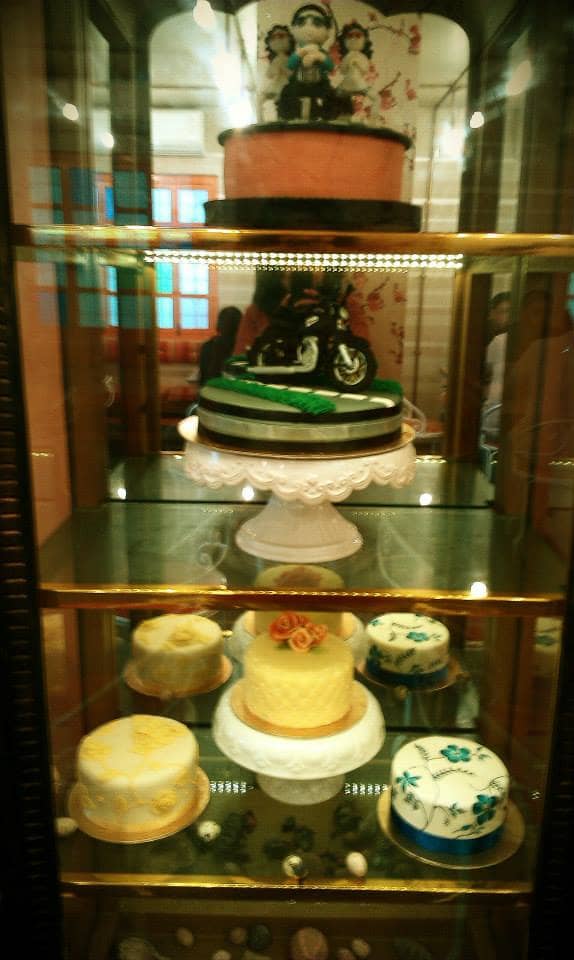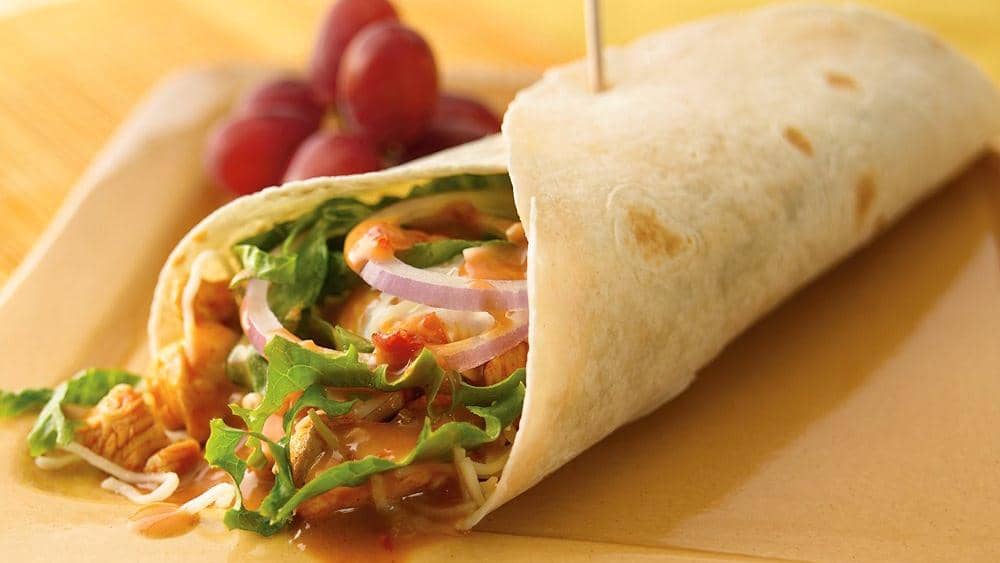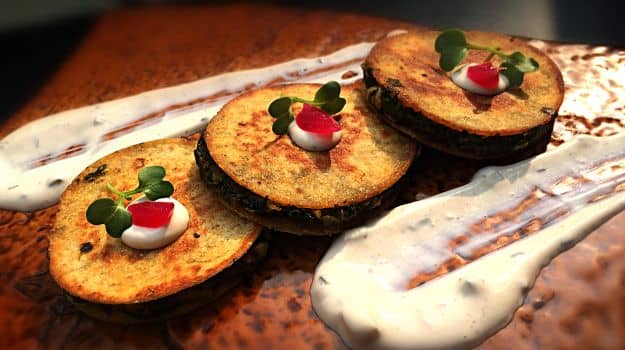During the Golden era of India when the Mughals ruled, India had witnessed an explosion of cultural richness. Be it music, food or architecture, the Mughals were sure to infuse aestheticism, and sophistication in all of them. Of the many things that we inherited as a part of the Mughal legacy, the two most prominent ones are architecture and food. Till this date, beautiful Mughal buildings like Taj Mahal, Humayun’s Tomb, Fatehpur Sikri and Red Fort attract multitudes of tourists to India every year. Rightly balancing the intricacies and the elegance of these Mughal architectural masterpieces is the Mughlai cuisine which has the remnants of the Mughal sophistication, richness and grandeur. We all love Mughlai food. The very mention of it makes us all salivate. All across India, the dominance of Mughlai cuisine is evident. The pasandas, the kormas or the niharis of the North or the galouti, kakori and chapli kebabs of the Awadhis or the Hyderabadi biryanis of the South – we have tasted them all and every time we indulge ourselves in the awesomeness of such Mughlai food, everything else around us come to a standstill. Many food enthusiasts like me have tried to recreate some of these Mughlai dishes at home at some times or the other but have never been able to get even close to their true authentic flavours. Mughlai food involves using a variety of spices and ingredients like yoghurt, cream, milk, dry fruits, kewra and rose water. Out of the wide variety of spices – cardamom, cinnamon, nutmeg, mace and saffron are the five indispensable spices which are key to every Mughlai dish.
Cardamom – It belongs to the ginger family and is known to be the third most expensive spice after saffron and vanilla beans. There are two types of cardamoms – green cardamom (chhoti elaichi in hindi) which is popular in India and in South Asian countries and black cardamom (badi elaichi in hindi) which is used both in Asia as well as Australia. The seeds of the cardamom fruit enclosed within the green and black pods are fragrant and spicy and are extremely diverse since it is used to flavor both sweet as well as savoury dishes. Two popular Mughlai dishes which use cardamom are Chicken/Mutton Rezala and Shahi Tukda.
Cinnamon – The best quality cinnamon (dalchini in hindi) is found in Sri Lanka. It is obtained from the inner layer of the bark of varieties of evergreen trees belonging to the genus Cinnamomum. The outer bark of the trees are first shaved off followed by the inner bark which is the cinnamon layer. They are then dried and on drying the cinnamon curls up. They are then cut into rolls or powdered and sold in the markets. Cinnamon is again used as a diverse flavouring agent in a large variety of Mughlai dishes. The subtle sweetness of cinnamon is used for flavouring dishes like kormas, pasandas and biryani.
Nutmeg – Nutmeg (jaiphal in hindi) is a spice obtained from several species of tree belonging to the genus Myristica which originated in the Maluku Islands in Indonesia and is now abundantly found in other tropical regions of Southeast Asia. Nutmeg is the seed of the tree and is dark brown in colour. Throughout history, nutmeg has been known as an expensive spice and was not affordable till quite sometimes back. It is generally used in the grated or powdered form, has a pungent fragrance and imparts slight sweet flavor to food. Like cardamom and cinnamon, nutmeg is also used in sweet and savoury Mughlai dishes alike.
Mace – Just like nutmeg, mace (javitri in hindi) is also a part of the tree Myristica fragrans originating in Indonesia. It is the dried amber or orange flower like envelope covering the hard nutmeg kernel. Both nutmeg and mace are thus part of the same Nutmeg fruit. When the nutmeg fruit ripens, it splits open exposing the dark brown hard nutmeg kernel and the orange lacy or thread like clusters of mace surrounding it. The orange threads are then peeled off and dried for 3-4 days before it can be used as a flavouring agent in food. It has a subtle but a prominent aroma and is used as a flavouring agent in biryanis and pulao.
Saffron – This exotic spice is sold in the markets as a bundle of long bright red strands and is known for the bright yellow colour and the unique flavor it imparts to food. The word Saffron is derived from the Arabic word Zafaraan. In India saffron is harvested majorly in Kashmir and some parts of Himachal Pradesh. It is obtained from the violet Crocus flowers originally harvested in Greece, Turkey and Iran. Saffron is the orange stigma of the violet Crocus flower. Each crocus flower contains three saffron strands which are hand-picked. Hence crocus flowers need to be harvested in bulk to produce a significant amount of Saffron. It is used both as a flavouring as well as a colouring agent in large varieties of Mughlai dishes like biryanis, phirni, kulfi falooda and shahi tukda. Most Mughlai dishes are incomplete without a dash of saffron.




